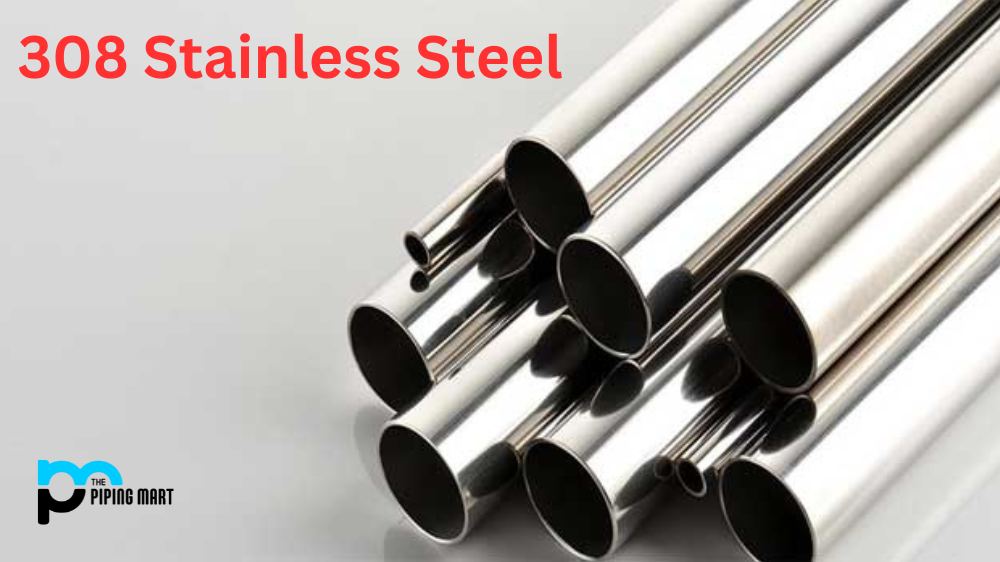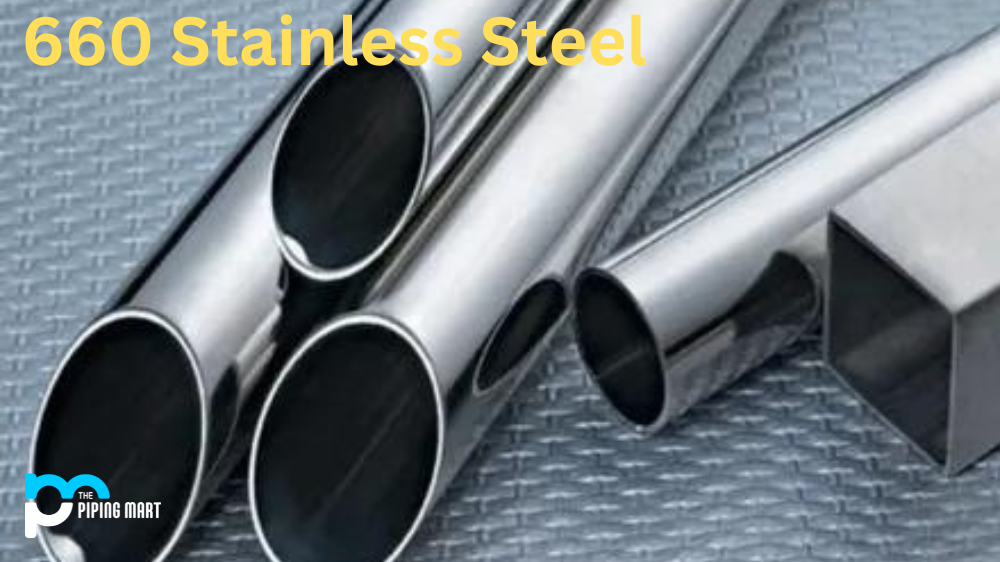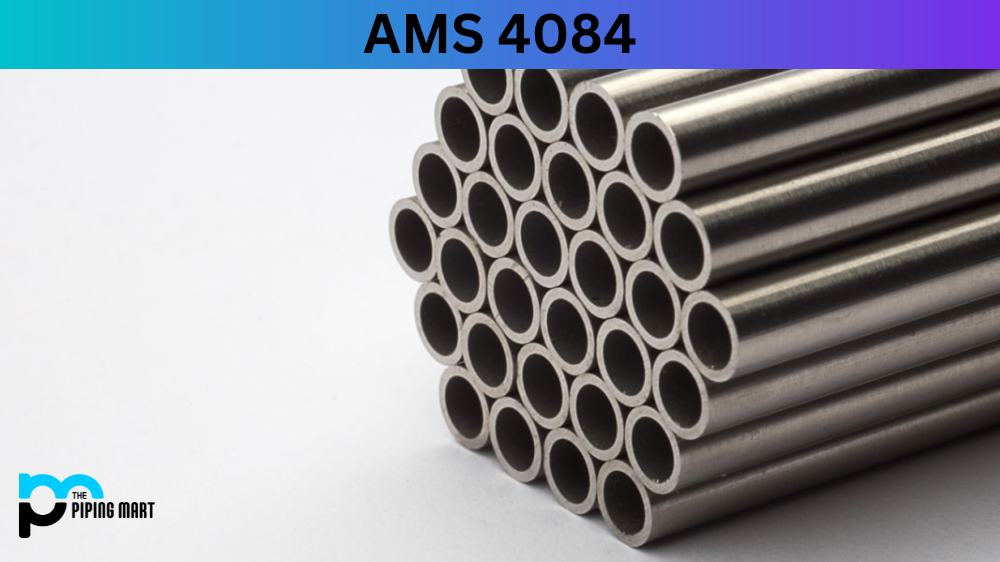Stainless steel is among the most durable and versatile materials in various industries. Among the different types of stainless steel, the 308 grade stands out as it possesses excellent mechanical and physical properties that make it suitable for multiple applications. In this blog, we’ll closely examine what 308 stainless steel is, its composition, mechanical and physical properties, uses corrosion resistance, heat treatment, and machining.
What is 308 Stainless Steel?
308 stainless steel is a type of austenitic stainless steel that contains around 18% chromium and 8% nickel. The “308” in its name reflects its composition, indicating that it belongs to the 300 stainless steel series. This type of stainless steel is non-magnetic and highly corrosion-resistant, making it useful for numerous applications.
308 Stainless Steel Composition
308 stainless steel has a significant amount of chromium and nickel, providing remarkable corrosion resistance, durability, and strength. It also contains fewer other elements like carbon, manganese, silicon, sulfur, and phosphorus.
| Element | Content (%) |
|---|---|
| Iron, Fe | 66 |
| Chromium, Cr | 20 |
| Nickel, Ni | 11 |
| Manganese, Mn | 2.0 |
| Silicon, Si | 1.0 |
| Carbon, C | 0.080 |
| Phosphorous, P | 0.045 |
| Sulfur, S | 0.030 |
308 Stainless Steel Mechanical Properties
308 stainless steel offers excellent mechanical properties, including high tensile strength, excellent ductility, elongation, and good impact resistance. It possesses a minimum yield strength of 30,000 psi and a minimum elongation of 40%.
| Properties | Metric | Imperial |
|---|---|---|
| Tensile strength | 585 MPa | 84800 psi |
| Yield strength (@ strain 0.200%) | 240 MPa | 34800 psi |
| Izod impact | 135 – 165 J | 99.6 – 122 ft-lb |
| Charpy impact | 135 J | 99.6 ft-lb |
| Elastic modulus | 193 GPa | 27993 ksi |
| Poisson’s ratio | 0.27-0.30 | 0.27-0.30 |
| Elongation at break (in 50 mm) | 50% | 50% |
| Hardness, Brinell | 139 | 139 |
| Hardness, Knoop (converted from Rockwell B hardness) | 155 | 155 |
| Hardness, Rockwell B (converted from Rockwell B hardness) | 80 | 80 |
| Hardness, Vickers (converted from Rockwell B hardness) | 153 | 153 |
308 Stainless Steel Physical Properties
308 stainless steel is known for its outstanding physical properties, including high resistance to oxidation, heat, and corrosion. It exhibits good thermal conductivity, electrical conductivity, and thermal expansion.
| Properties | Metric | Imperial |
|---|---|---|
| Density | 8 g/cm3 | 0.289 lb/in³ |
308 Stainless Steel Equivalents
- ASTM A167
- ASTM A276
- ASTM A314
- ASTM A473
- ASTM A580
- DIN 1.4303
- UNI 8 CrNi 19 10
- JIS SUS 305
- JIS SUS 305 J1
- SAE 30308
- SAE J405 (30308)
308 Stainless Steel Thermal Properties
| Properties | Metric | Imperial |
|---|---|---|
| Thermal expansion co-efficient (@ 0-100°C/32-212°F) | 17.3 µm/m°C | 9.61 µin/in°F |
| Thermal conductivity (@ 0-100°C/32-212°F) | 15.2 W/mK | 105 BTU in/hr.ft².°F |
308 Stainless Steel Uses
308 stainless steel is used in various industries, including food and beverage, chemical, petrochemical, oil and gas, and automotive. Its applications range from construction to manufacturing parts and components such as pipes, fittings, valves, tanks, and heat exchangers.
308 Stainless Steel Corrosion Resistance
308 stainless steel offers excellent corrosion resistance, making it an ideal choice for applications that require durability under extreme conditions. Its chromium content protects against oxidation and corrosion, even in high-temperature environments.
308 Stainless Steel Heat Treatment
308 stainless steel is a heat-treatable grade, and as such, it offers improved mechanical and physical properties. Heat treatment involves heating the metal to a high temperature and cooling it slowly to produce the desired hardness and mechanical properties.
308 Stainless Steel Machining
Machining 308 stainless steel is not an easy task because of its high work hardening rate. However, it is possible to machine this material effectively with the right tools and techniques. It is advisable to use cutting tools made of cobalt or carbide and to run them at high speeds with low feeds.
308 Stainless Steel Welding
Welding to 308 stainless steel is possible; however, choosing the correct filler metal is important and ensuring that pre-weld and post-weld heat treatments are used properly is important. Use a 309 or 312 filler metal designed for welding austenitic chromium Nickel alloys like 308 stainless steel for best results.
Conclusion:
In conclusion, 308 stainless steel is an excellent choice for high strength, durability, and corrosion resistance applications. It offers unparalleled mechanical and physical properties, making it a go-to material in various industries. By understanding its composition, mechanical and physical properties, uses, corrosion resistance, heat treatment, and machining, you can decide whether 308 stainless steel is the right material for your application.

Meet Bhavesh, a seasoned blogger with a wealth of knowledge and experience. From metal products manufacturing to retail, Bhavesh has a diverse background in various industries and is dedicated to sharing his insights and expertise with readers.




